Wim Wenders’ photographs of moody Americana capture the themes in the director’s iconic films
'Driving without a destination is my greatest passion,' says Wenders. whose new exhibition has opened in New York’s Howard Greenberg Gallery
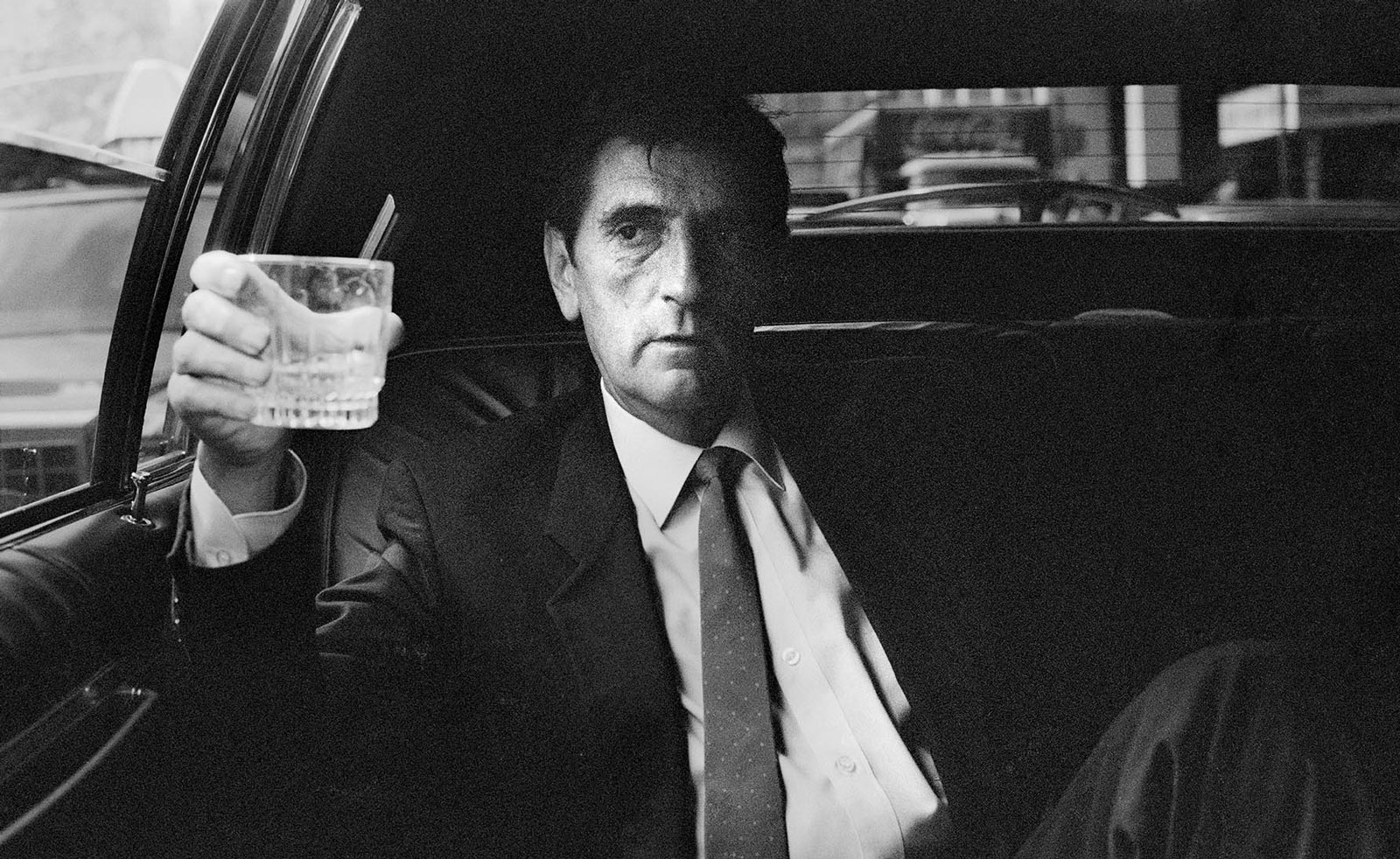
Wim Wenders doesn’t travel with a script in mind. The German auteur of picturesque moody cult-favourite films such as Paris, Texas and Wings of Desire rather wanders until he encounters a place with narrative potential. 'When I can feel a place and be comfortable in it, the stories bound to happen there come to me,' he tells Wallpaper*. 'They must be stories that could not happen anywhere else.' The Berliner pursues a similar motivation to find the subjects of his photography, some of which are now on view at New York’s Howard Greenberg Gallery. The show, titled Written Once, in the historic Art Deco Fuller Building focuses on two bodies of work which Wenders captured in 1970s and ‘80s.
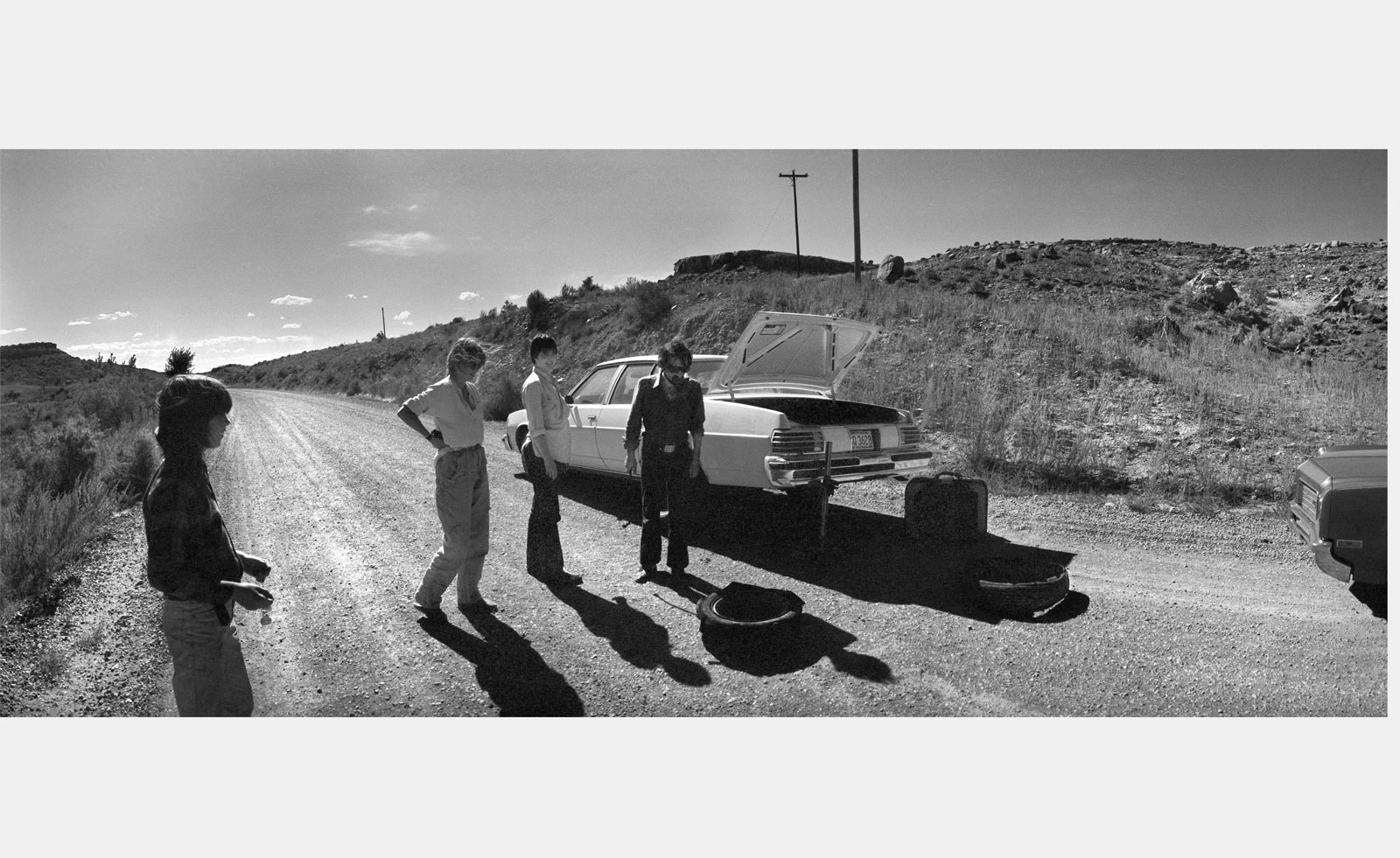
When Martin Scorsese had a flat tire II, 1977
A group of black and white images from the late ‘70s follow the director’s long car rides on far-stretching American high-ways in the sun-drenched desert. In a trio of stills titled When Martin Scorsese had a flat tire (all 1977), the titular Hollywood giant joins Wenders and his companions on his Oldsmobile 88 convertible rental en route to the Telluride Film Festival. The images chronicle the two young and promising directors’ serendipitous encounter after Scorsese’s Ford Catalina had a flat tire in Utah’s infamous backcountry known as the Valley of the Gods. None other than Isabella Rossellini who was on the passenger seat in Scorsese’s vehicle eventually shared the ride towards Colorado, as well. 'My and Marty’s cars were perhaps the only two that had driven by that road on that day,' says Wenders about the cinematic happenstance.
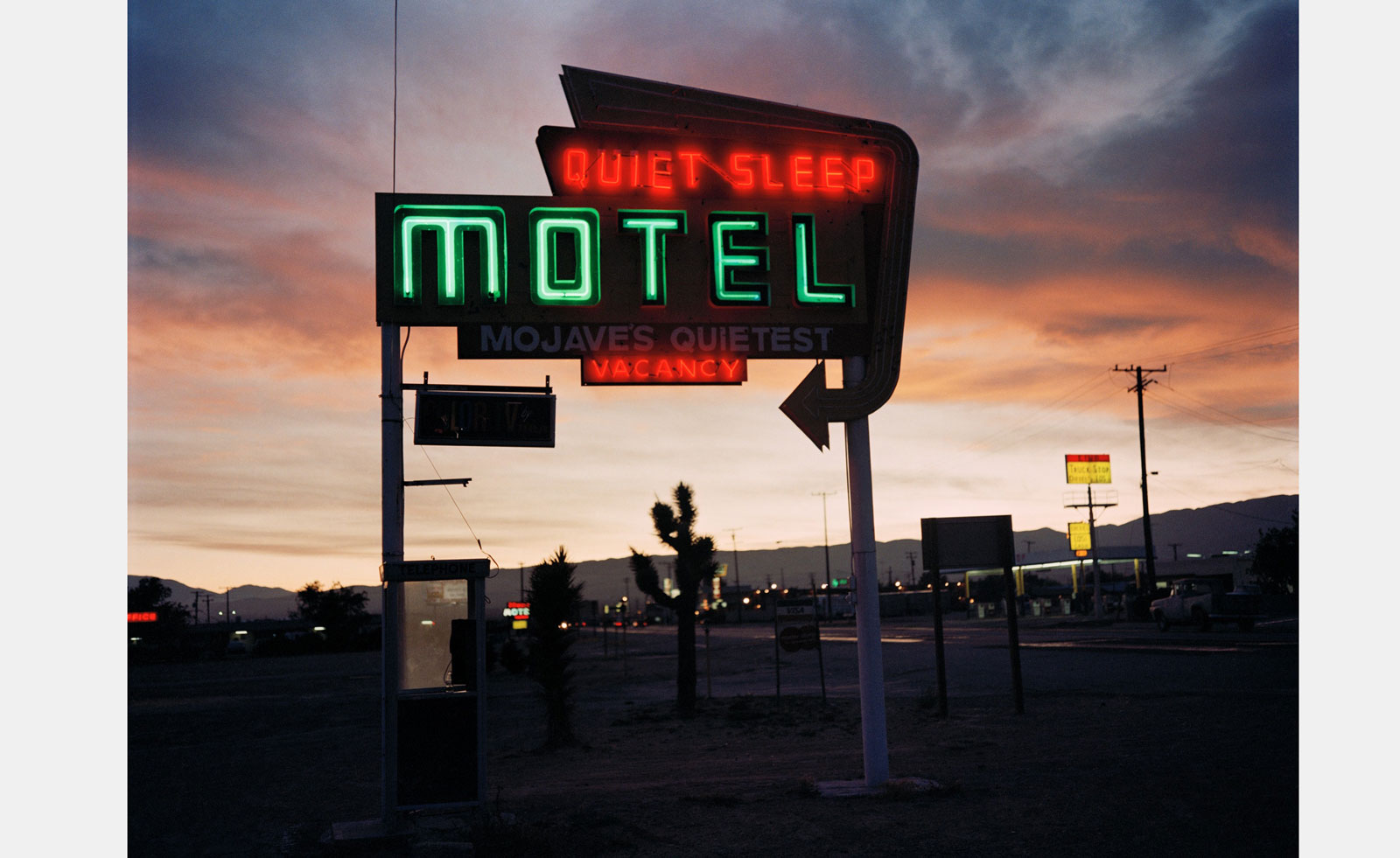
Quiet Sleep, 1983, Mojave, California
Wenders images, not unlike his internationally-lauded films such as 2023’s Oscar-nominated Perfect Days, stem from an urge to contemplate on a place. 'Most American films are story-driven, but my interest is in place-driven works,' he adds. The 79-year-old’s decades-long interest in the American west in fact embodies this appetite for enigmatic sites with veiled narratives. Abandoned gas stations, spectral motel signs, and haunted theatres intrigue him with their untold tales and unexpected beauty. The show’s colourful images, overall titled Written in the West (1983), embody Wenders’s journey into the endless highways dotted with teeny towns of lulled lives. Deserted storefronts, poetic billboards, and moody motel lobbies date back to the director’s research for Paris, Texas which earned him Palm D’Or in Cannes Film Festival in 1984. 'They are an effort to understand the landscape, light, and colours of the American west,' explains Wenders who believes the pictures made him a 'conscious colour photographer.'
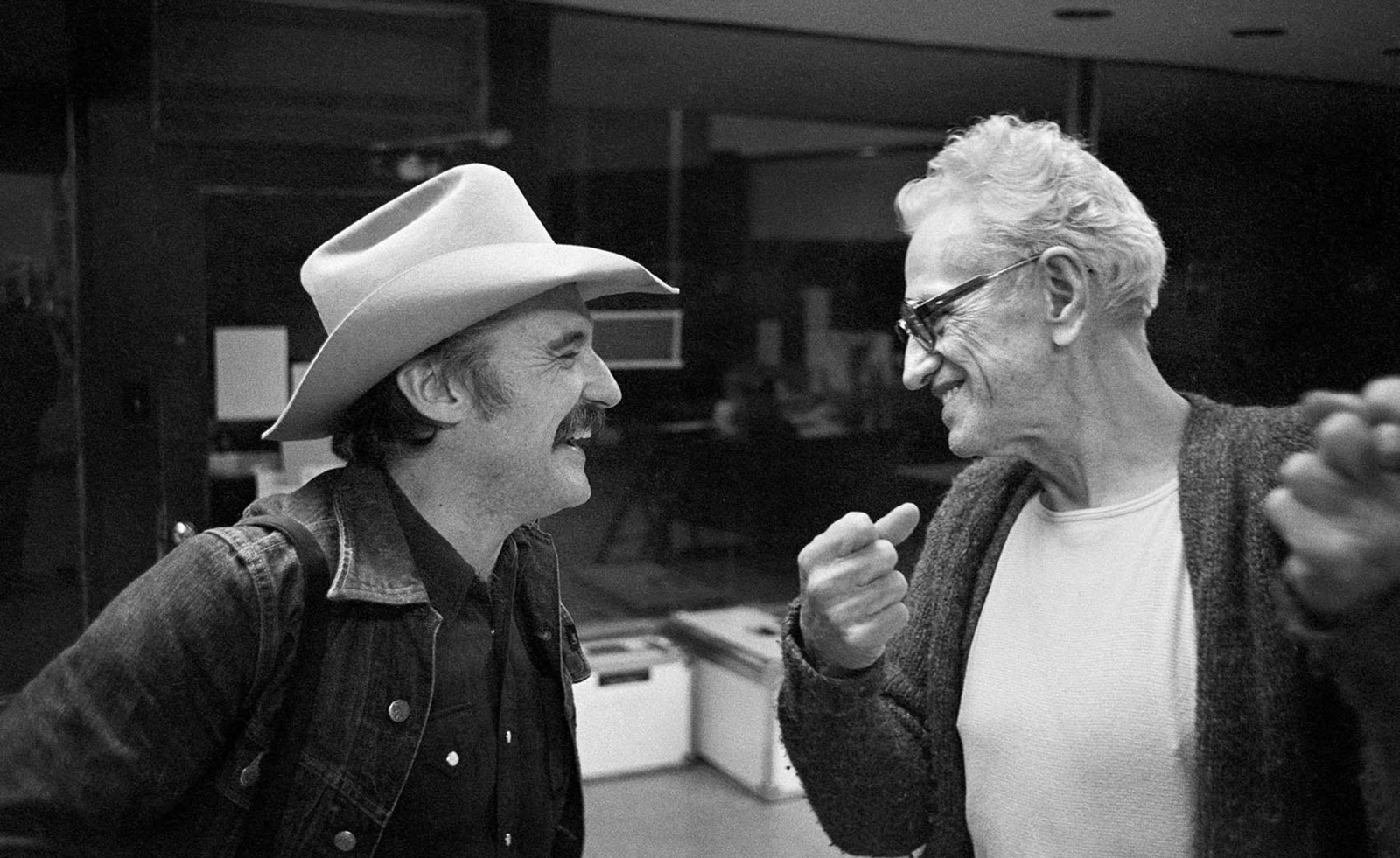
Nicholas Ray, Dennis Hopper, 1978, Barstow
The son of a photographer father who eventually became a surgeon, Wenders grew up with a camera in his hand. Only during his journey into America’s arid lands decades later did he realise the possibility of photography as a profession. Today, he chooses the nature of his journey in each venture: 'Photography and film-making are two different sets of mind.'
Wenders’s favourite photograph from the show is Western World Development, near Four Corners, California (1986) which shows a lonely billboard erected amidst short bushes. “There were few stretches of roads crossing in the middle of a desert,' he remembers. The advertisement promotes a failed city development which was perhaps planned for construction. 'The sign was still there—I like making photographs of lost promises.'
Wim Wenders: Written Once is at Howard Greenburg gallery until March 15, 2025
Receive our daily digest of inspiration, escapism and design stories from around the world direct to your inbox.

The Theatre, 1987, Texas
Osman Can Yerebakan is a New York-based art and culture writer. Besides Wallpaper*, his writing has appeared in the Financial Times, GQ UK, The Guardian, Artforum, BOMB, Airmail and numerous other publications. He is in the curatorial committee of the upcoming edition of Future Fair. He was the art and style editor of Forbes 30 Under 30, 2024.
-
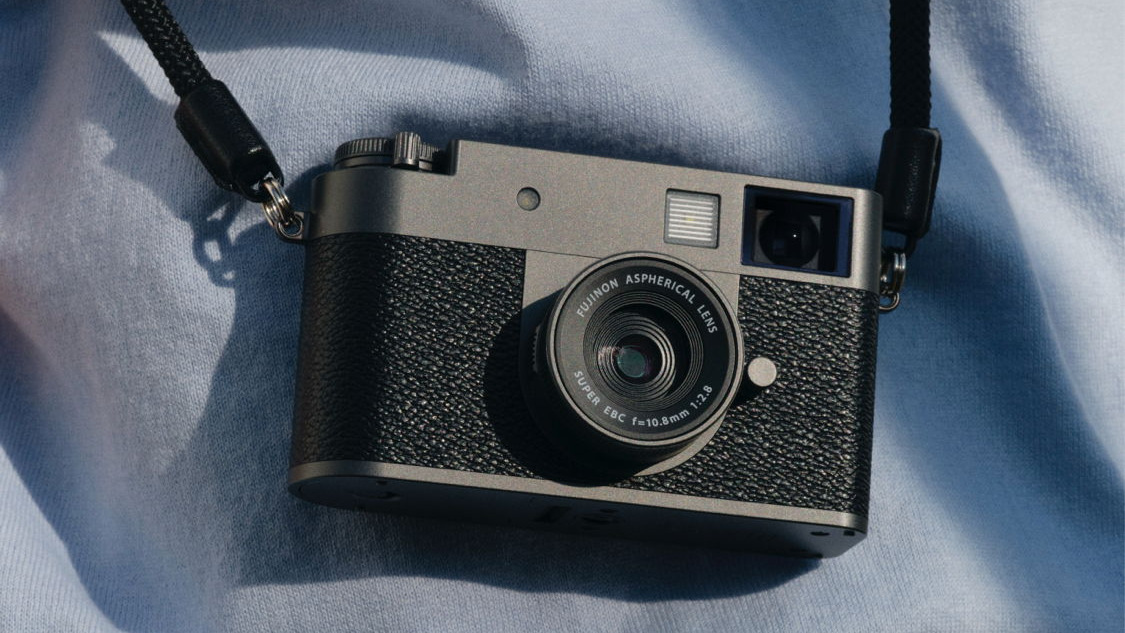 Five of the finest compact cameras available today
Five of the finest compact cameras available todayPocketable cameras are having a moment. We’ve assembled a set of cutting-edge compacts that’ll free you from the ubiquity of smartphone photography and help focus your image making
-
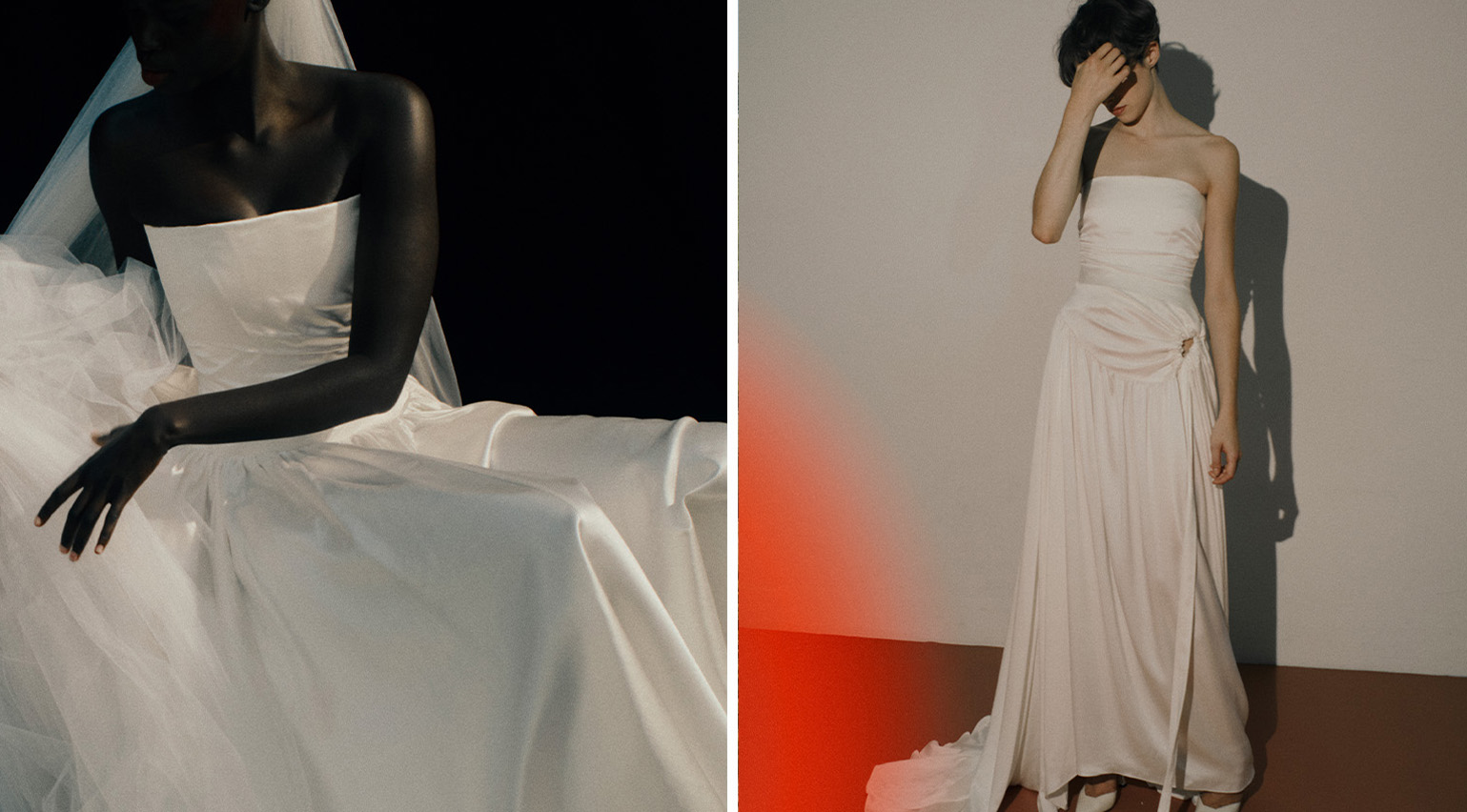 London label Wed Studio is embracing ‘oddness’ when it comes to bridal dressing
London label Wed Studio is embracing ‘oddness’ when it comes to bridal dressingThe in-the-know choice for fashion-discerning brides, Wed Studio’s latest collection explores the idea that garments can hold emotions – a reflection of designers Amy Trinh and Evan Phillips’ increasingly experimental approach
-
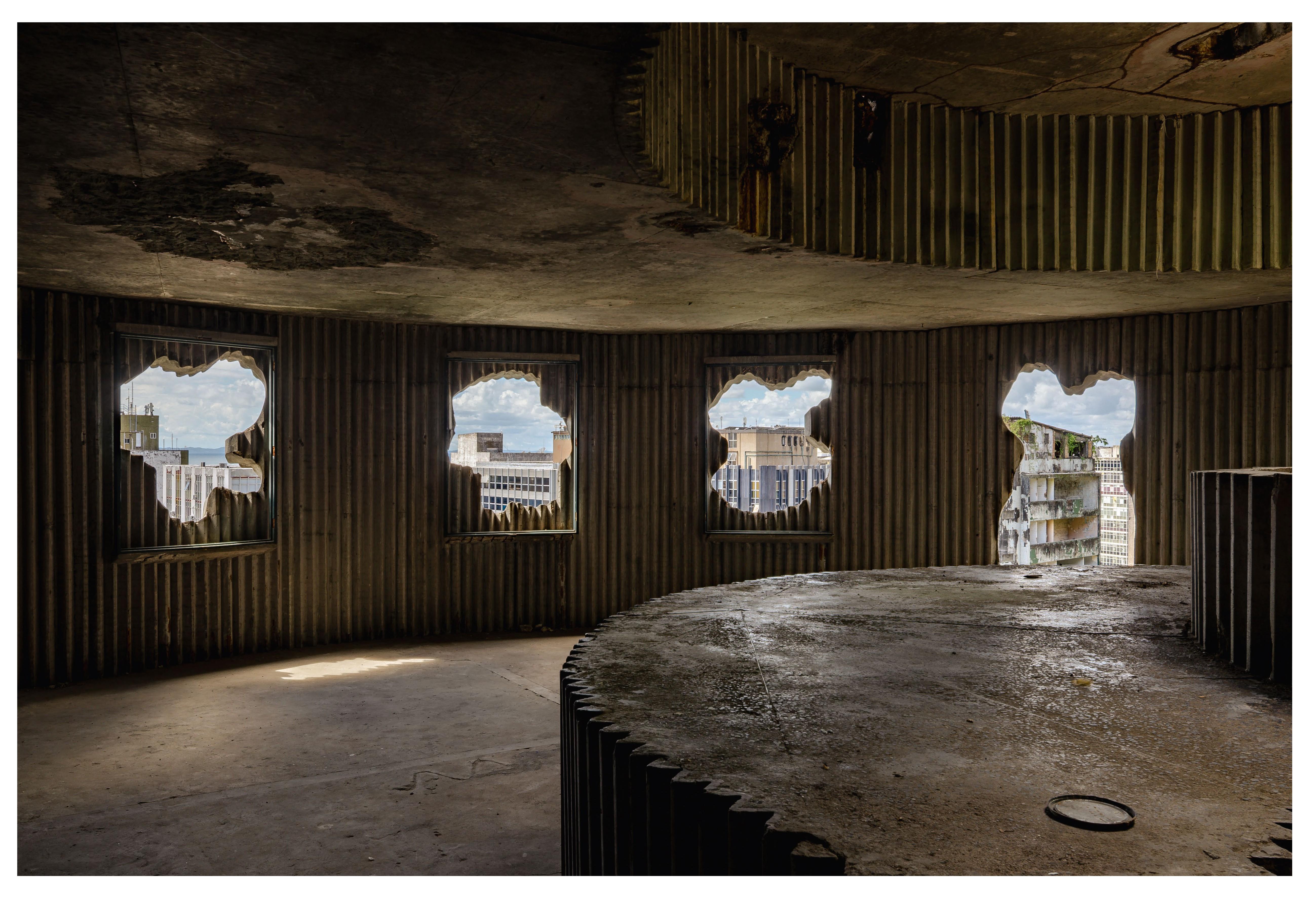 Arts institution Pivô breathes new life into neglected Lina Bo Bardi building in Bahia
Arts institution Pivô breathes new life into neglected Lina Bo Bardi building in BahiaNon-profit cultural institution Pivô is reactivating a Lina Bo Bardi landmark in Salvador da Bahia in a bid to foster artistic dialogue and community engagement
-
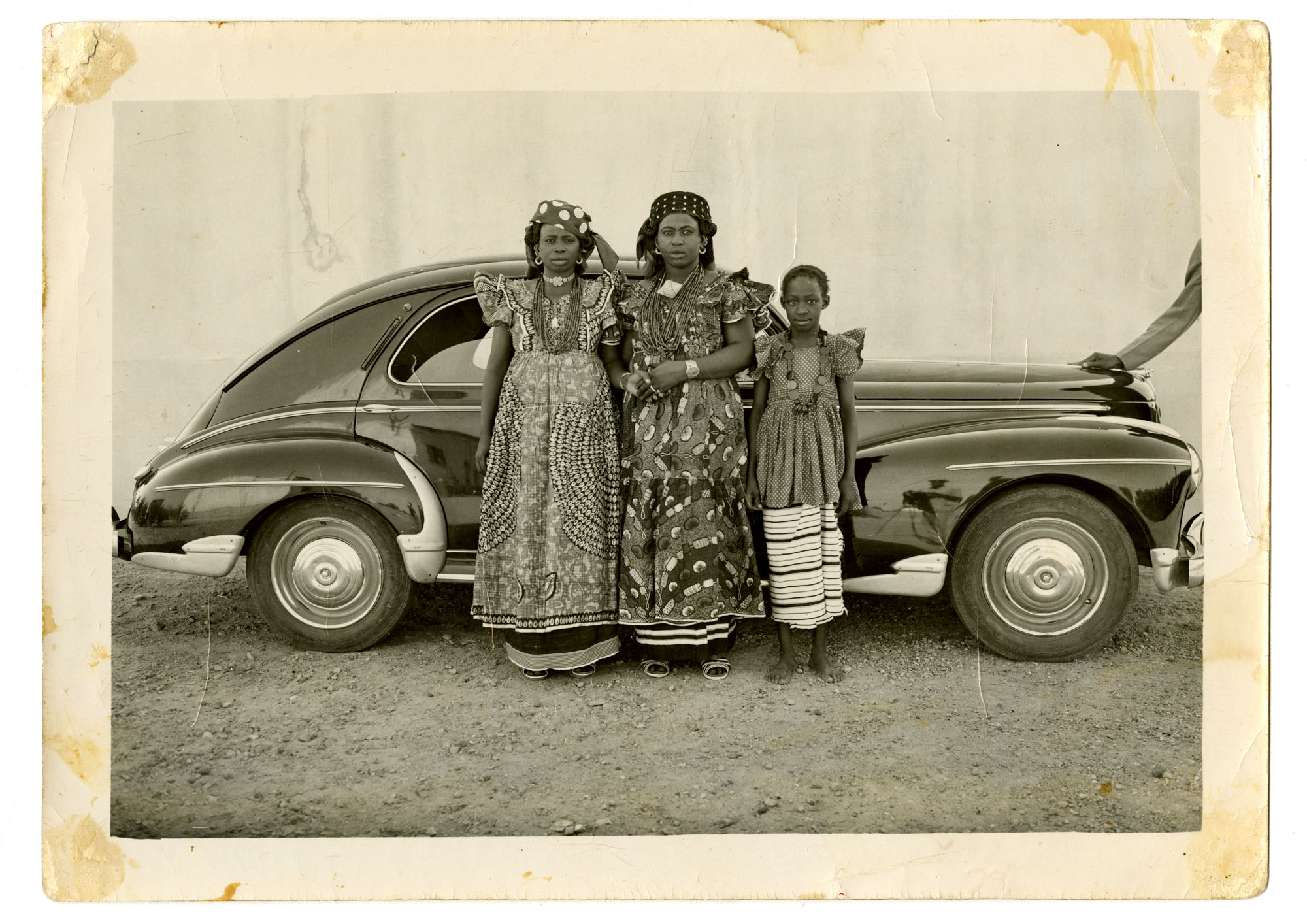 Inside the work of photographer Seydou Keïta, who captured portraits across West Africa
Inside the work of photographer Seydou Keïta, who captured portraits across West Africa‘Seydou Keïta: A Tactile Lens’, an exhibition at the Brooklyn Museum, New York, celebrates the 20th-century photographer
-
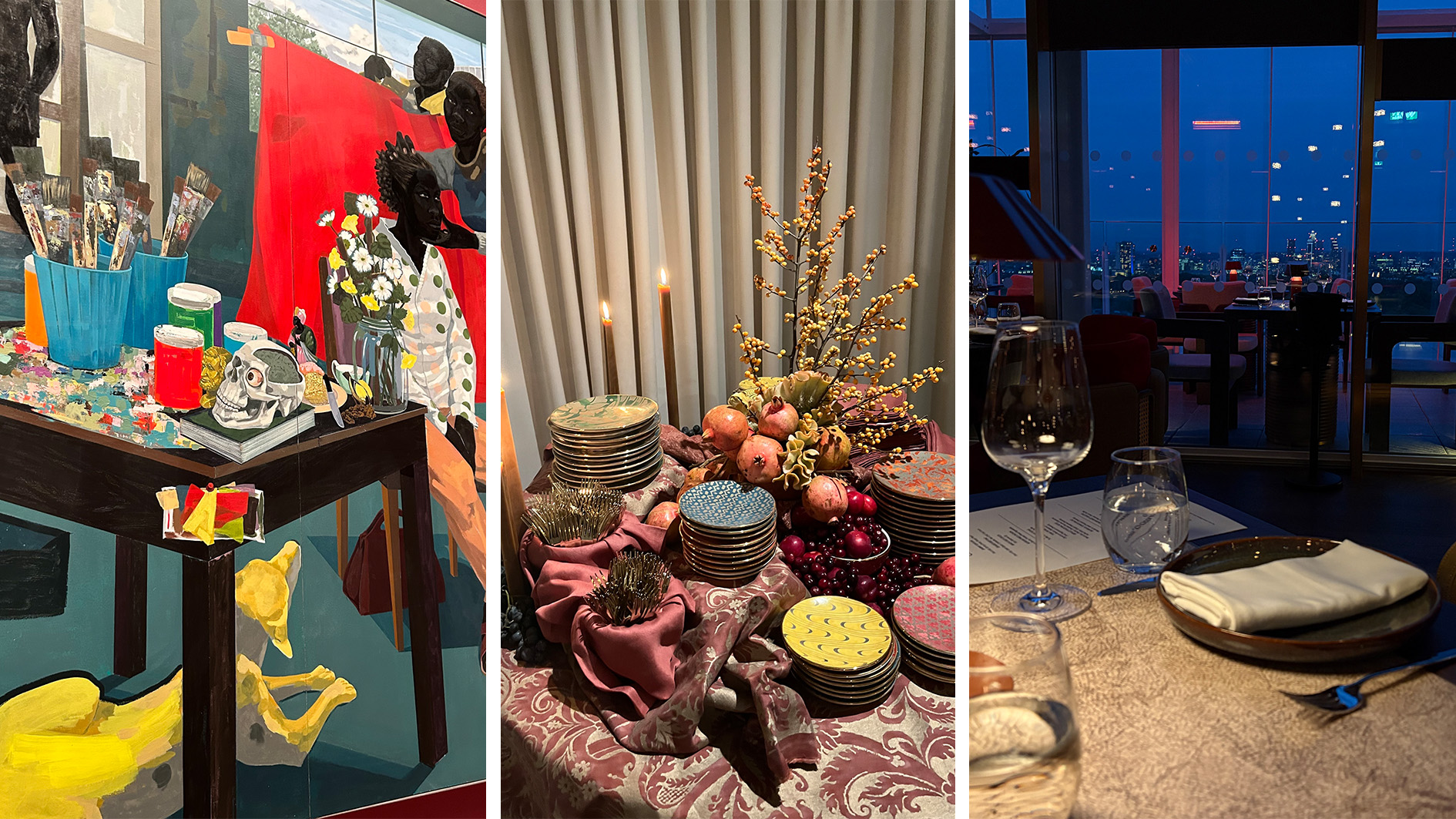 Out of office: The Wallpaper* editors’ picks of the week
Out of office: The Wallpaper* editors’ picks of the weekFrom sumo wrestling to Singaporean fare, medieval manuscripts to magnetic exhibitions, the Wallpaper* team have traversed the length and breadth of culture in the capital this week
-
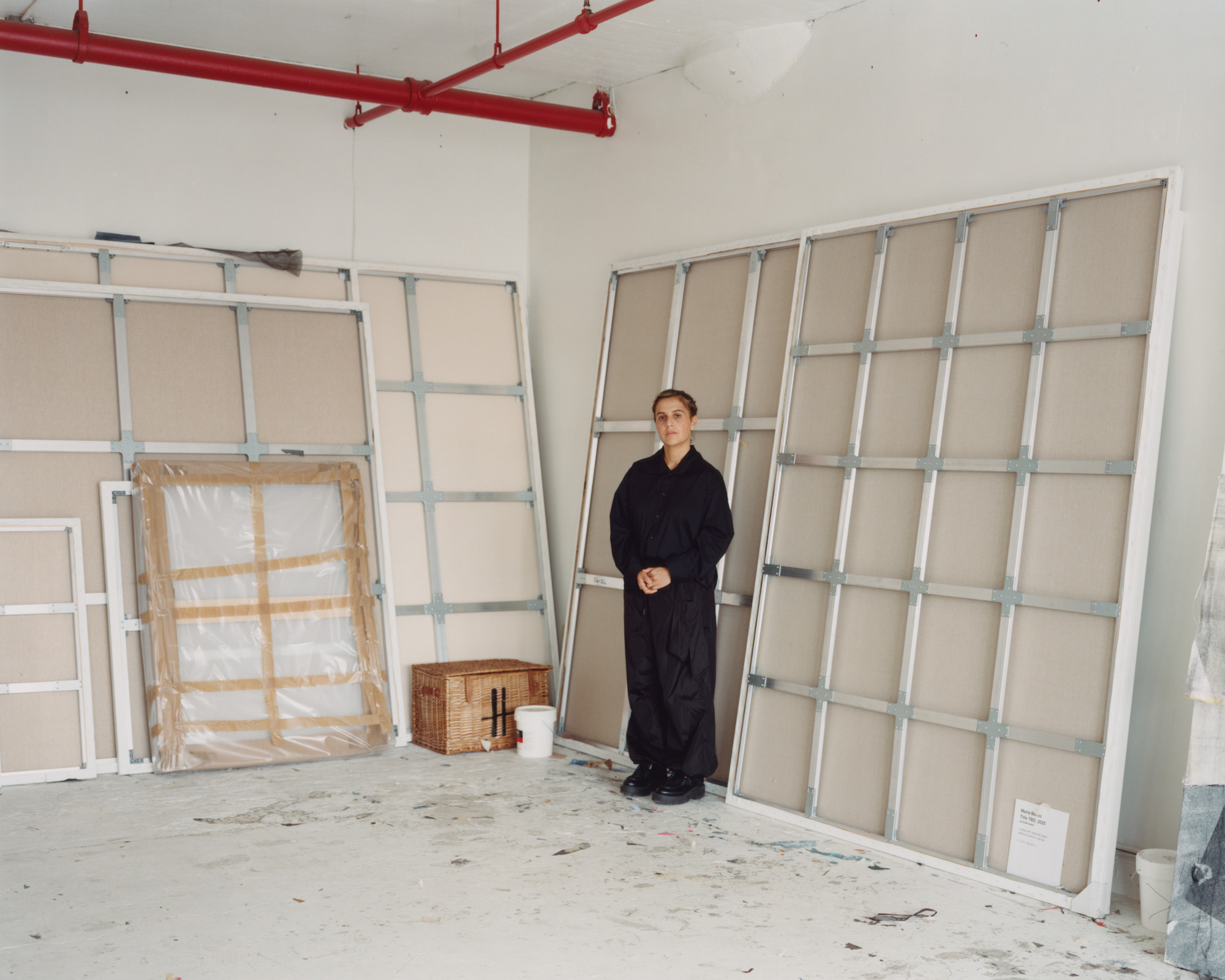 María Berrío creates fantastical worlds from Japanese-paper collages in New York
María Berrío creates fantastical worlds from Japanese-paper collages in New YorkNew York-based Colombian artist María Berrío explores a love of folklore and myth in delicate and colourful works on paper
-
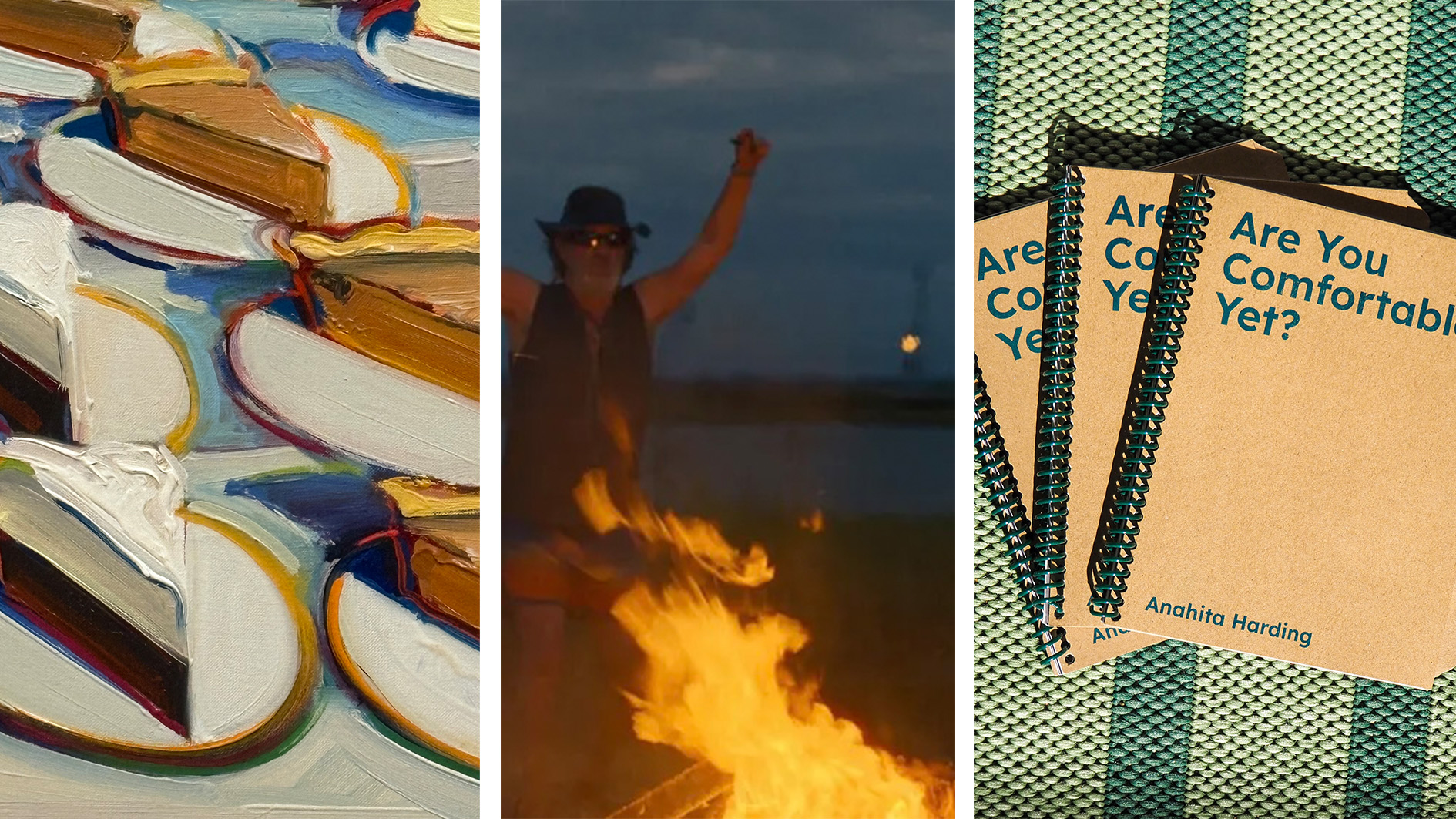 Out of office: the Wallpaper* editors’ picks of the week
Out of office: the Wallpaper* editors’ picks of the weekAs we approach Frieze, our editors have been trawling the capital's galleries. Elsewhere: a 'Wineglass' marathon, a must-see film, and a visit to a science museum
-
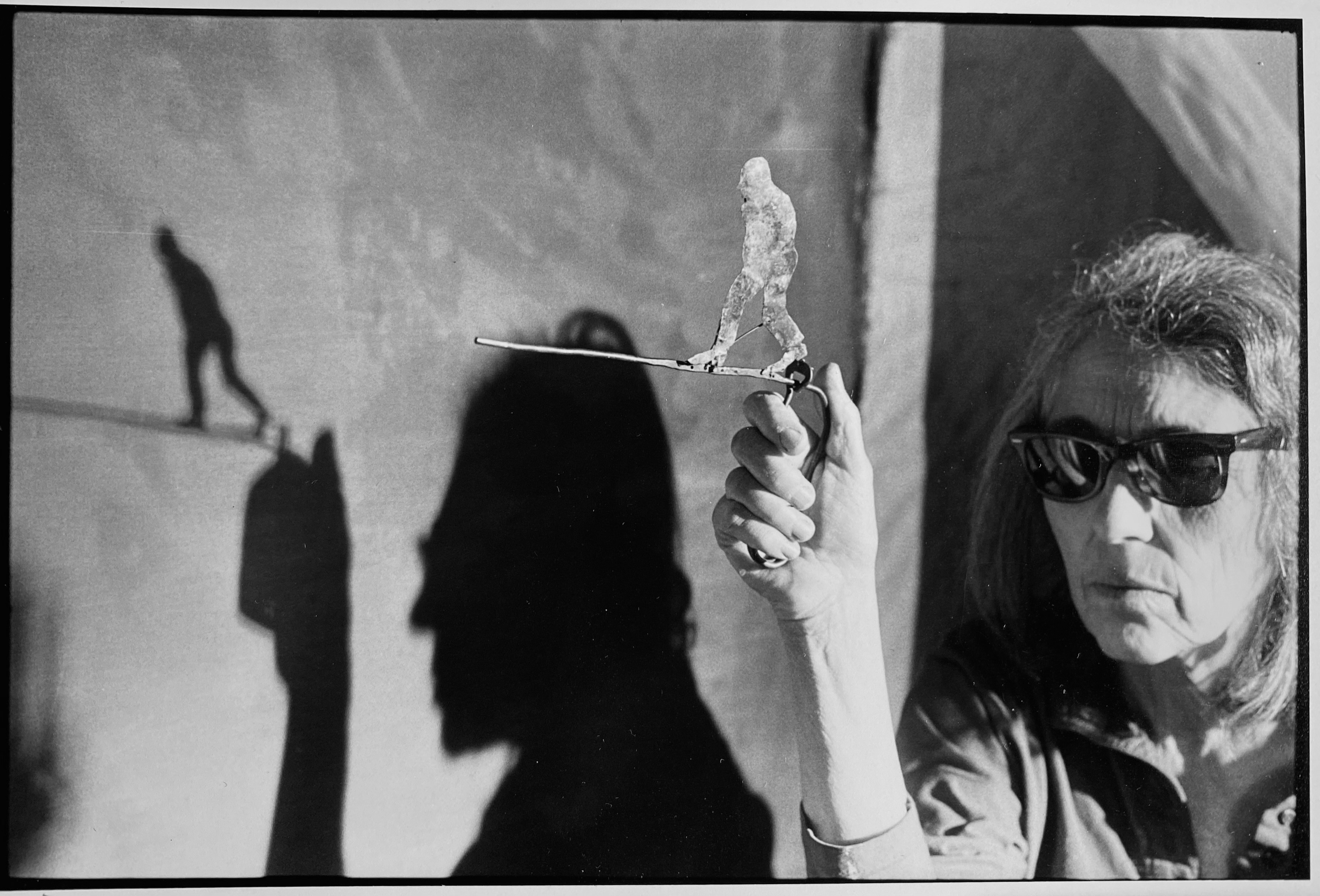 June Leaf’s New York survey captures a life in motion
June Leaf’s New York survey captures a life in motionJune Leaf made art in many forms for over seven decades, with an unstoppable energy and fierce appetite leading her to rationalise life in her own terms.
-
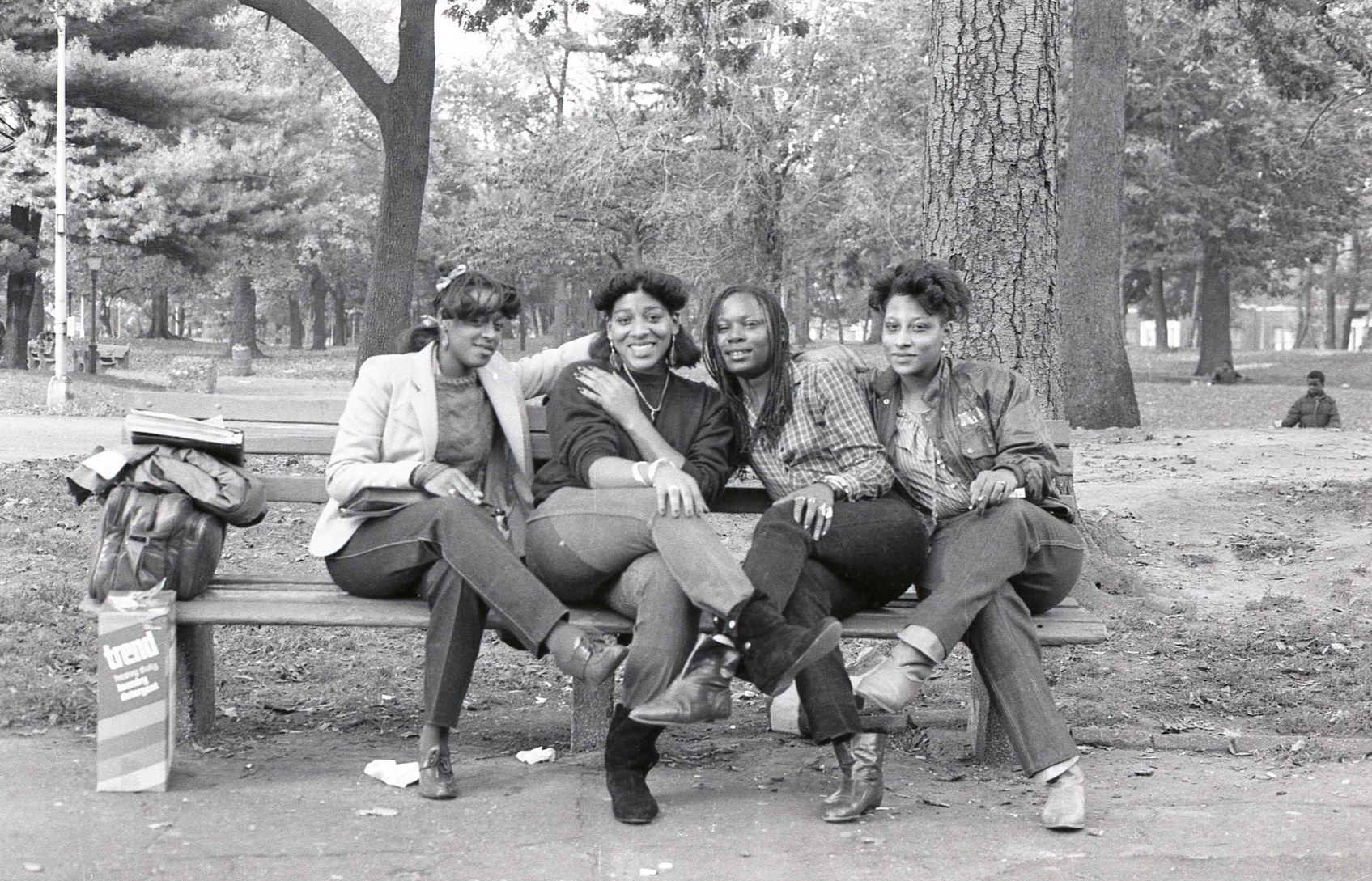 Jamel Shabazz’s photographs are a love letter to Prospect Park
Jamel Shabazz’s photographs are a love letter to Prospect ParkIn a new book, ‘Prospect Park: Photographs of a Brooklyn Oasis, 1980 to 2025’, Jamel Shabazz discovers a warmer side of human nature
-
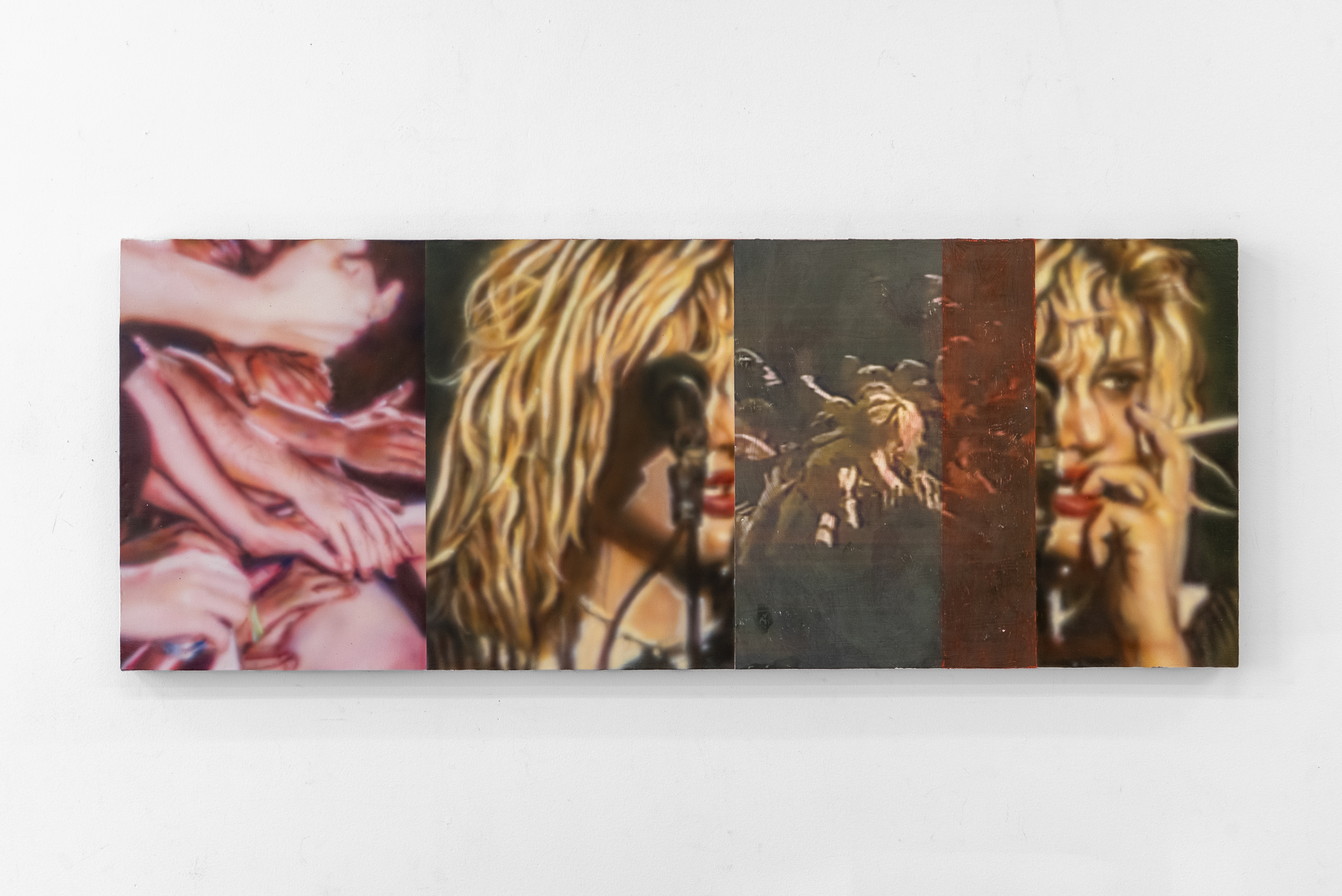 Inside a Courtney Love-inspired art exhibition in New York
Inside a Courtney Love-inspired art exhibition in New YorkLiza Jo Eilers looks to the glory days of Hole at an exhibition at Grimm New York
-
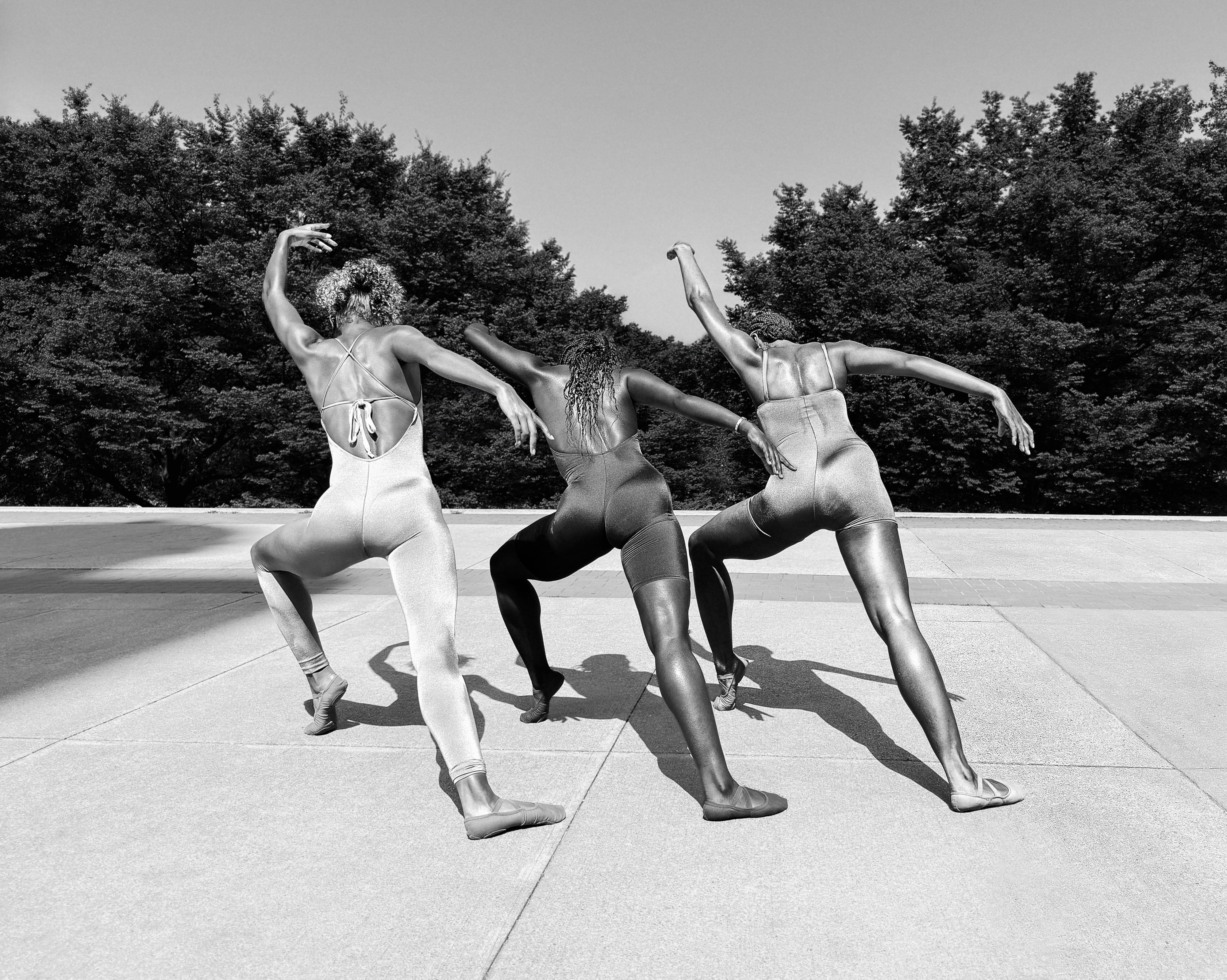 Apple unveils its next-gen camera in a powerful new photography exhibition
Apple unveils its next-gen camera in a powerful new photography exhibitionThe new iPhone 17 Pro Max takes centre stage in a New York exhibition where artists Inez & Vinoodh, Mickalene Thomas, and Trunk Xu explore the theme of joy